Out of sight doesn’t mean out of impact. Around the world, some places have become synonymous with waste accumulation, often due to inadequate infrastructure or industrial activities. These places carry the real cost of our consumption; they pose environmental hazards and also impact the health and livelihoods of nearby communities.
You’ve heard of tourist hotspots—now meet the places the world quietly uses as its trash can.
Agbogbloshie, Ghana
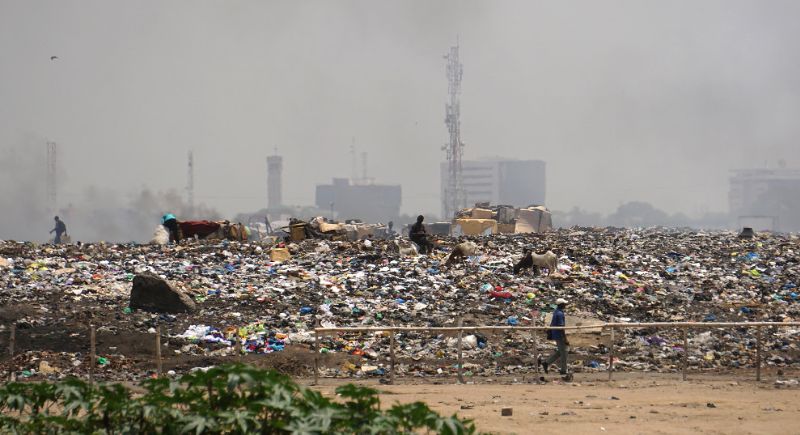
In Accra’s Agbogbloshie neighborhood, piles of old electronics stretch across the landscape. Workers break them down with rocks and fire and pull out copper to sell. Many believe the West ships its junk here, but most waste actually comes from nearby cities. Still, fires release toxins daily, and residents breathe them all in.
Guiyu, China
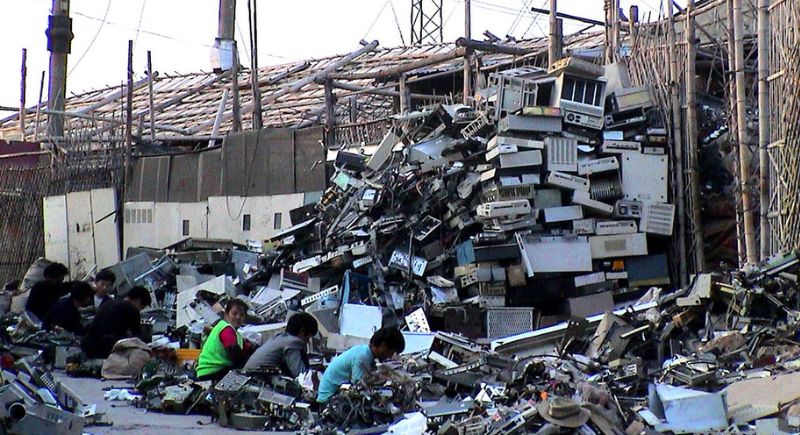
For years, Guiyu made a living from garbage, specifically, old gadgets. People dismantled phones and hard drives in backyards while often using acid or fire to pull out valuable metals. This work paid bills, but poisoned drinking water and soil. The government eventually cracked down, but the long-term damage remains hard to undo.
Great Pacific Garbage Patch
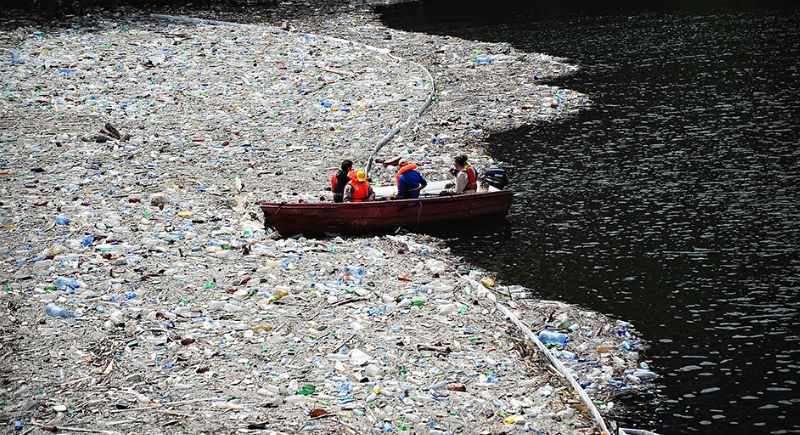
The name makes it sound like a floating island, but this patch is more like a giant plastic stew. Winds trap debris from all over the world between Hawaii and California. Microplastics fill the water while harming sea creatures that mistake them for food. It’s not going anywhere without serious cleanup efforts.
Dandora, Kenya
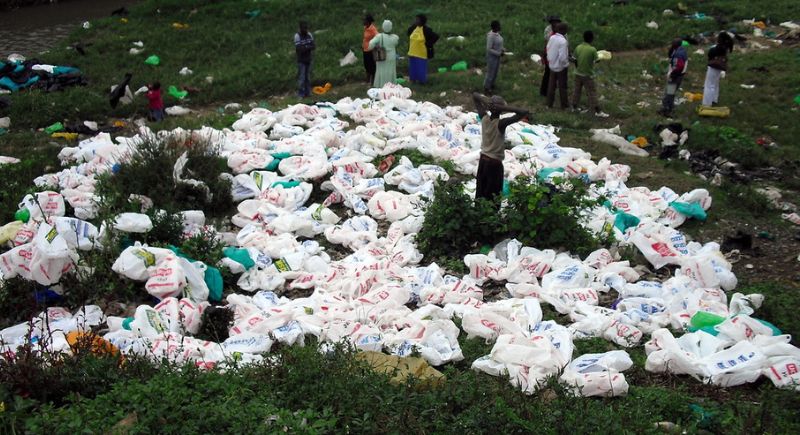
Dandora is Nairobi’s biggest dumpsite, and yet, it’s a part of daily life for thousands of families. Garbage trucks roll in constantly, even though the site hit capacity years ago. Smoke from burning waste lingers in classrooms nearby. Children and teachers breathe it in while trying to focus on their lessons.
Fresh Kills, New York
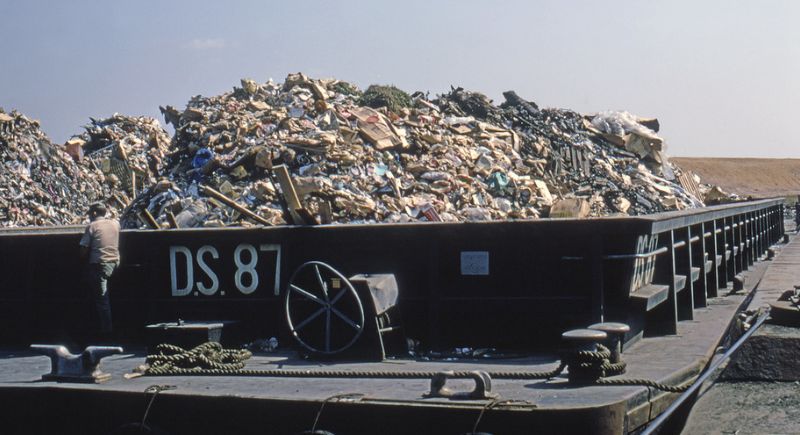
At one point, this Staten Island site was the world’s largest landfill that held decades of New York’s garbage. Fortunately, it was shut down in 2001, and the city took responsibility for restoring it. The site is currently being updated to become a park with wildlife, walking trails, and wetlands.
Kabwe, Zambia
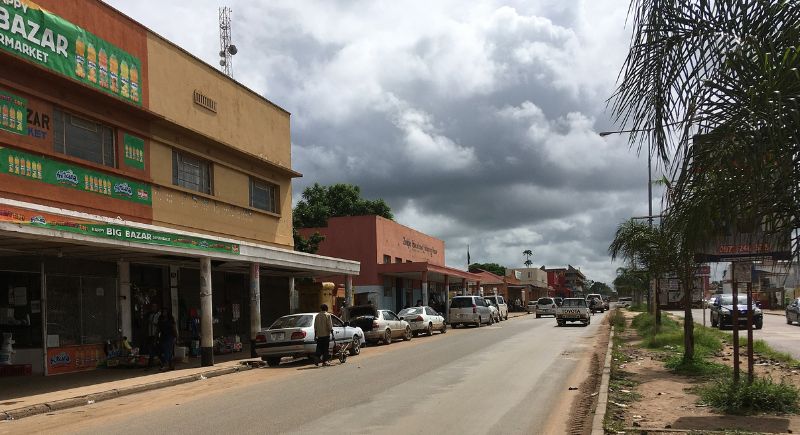
In Kabwe, the mining stopped years ago, but the poison stayed behind. For decades, the town produced lead and zinc for export. Now, children play in soil that’s dangerously contaminated. Blood tests show lead levels far above safe limits. Most families can’t move, and cleanup efforts barely scratch the surface.
Thilafushi, Maldives
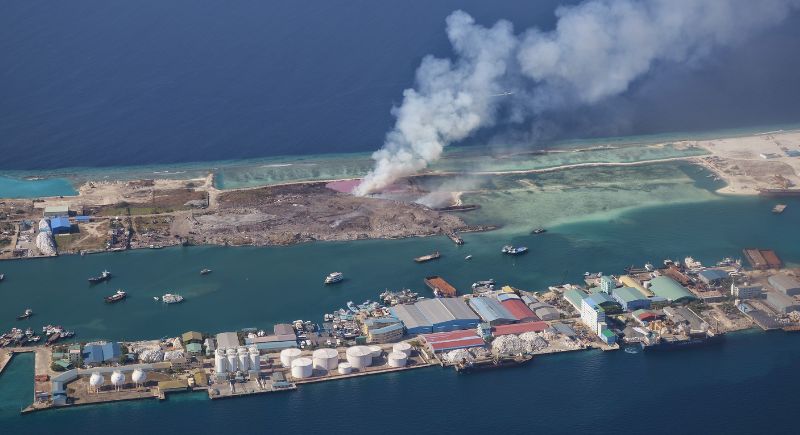
Tourists snap photos of turquoise waters just miles away from a manmade island piled with garbage. Thilafushi was built to hold waste from Malé and nearby resorts. It has started to overflow with construction debris, batteries, and plastic. Waste sometimes drifts into the ocean while threatening coral reefs and the Maldives’ tourism economy.
Deonar, India
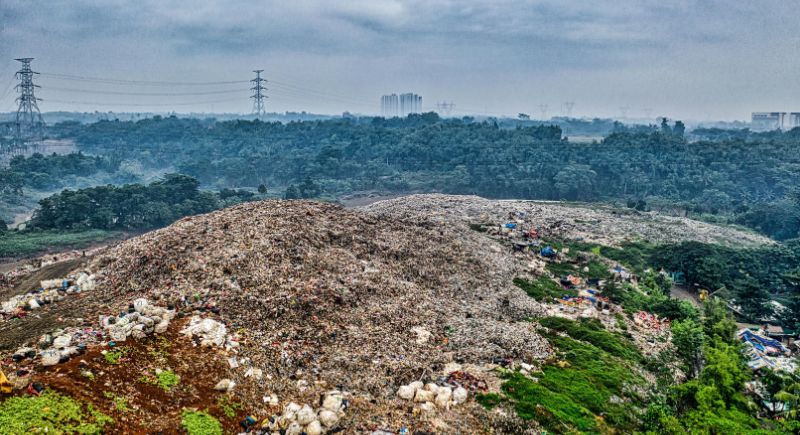
Mumbai’s oldest dumping ground, Deonar, burns more than it stores. Fires break out regularly and send thick black smoke over homes and highways. Schools nearby have closed during particularly bad weeks. The city continues to dump waste here daily, even though the landfill was declared “full” more than two decades ago.
Olusosun, Nigeria
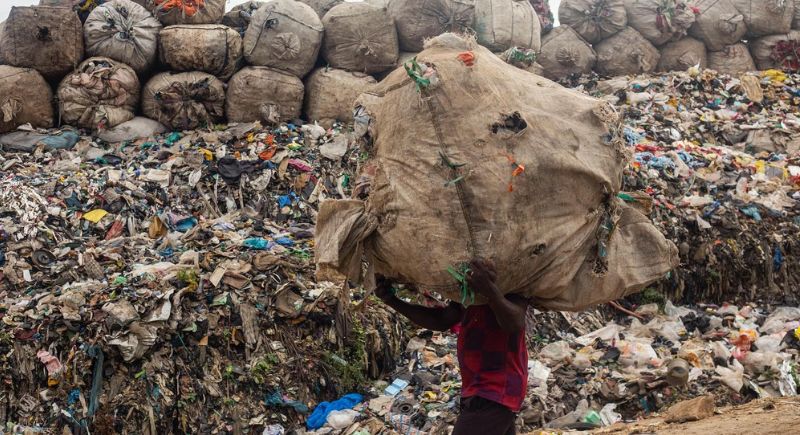
Olusosun is the heart of Lagos; it powers part of its informal economy. Scavengers search mountains of imported electronics and household waste for anything worth selling. Most of them work without gloves or masks. Toxic fumes rise from burning plastic, and still, more people arrive each day looking for work.
Bantar Gebang, Indonesia
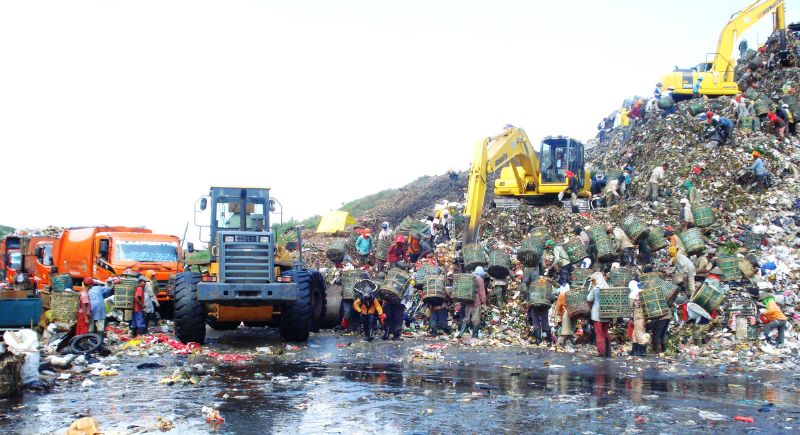
Each day, more than 7,000 tons of garbage from Jakarta ends up at Bantar Gebang. Entire families live next to this growing landfill and rely on it to survive. Some pick recyclables by hand, while others work for waste companies. It’s dangerous, exhausting, and often the only job around.
Laogang, China

Laogang is China’s biggest landfill. Every day, it swallows over 10,000 tons of Shanghai’s trash. But here’s the twist: it also captures methane from rotting waste and turns it into electricity. That power now fuels thousands of homes. Laogang realized that trash isn’t going away, so it started working with it instead.
Jharia, India
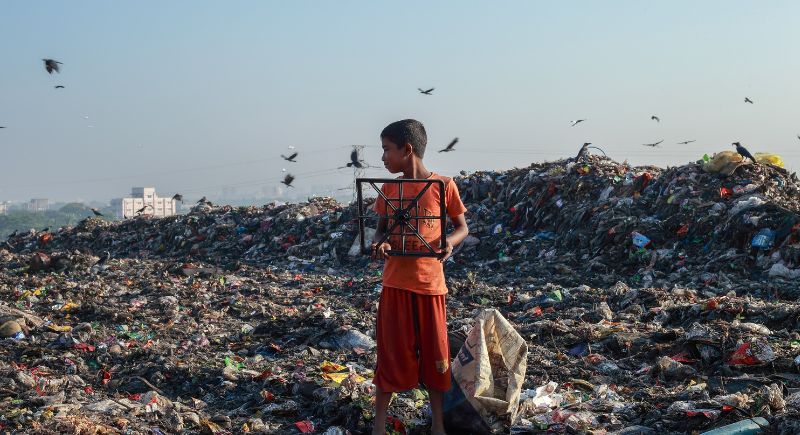
In Jharia, the ground itself burns. Underground coal fires have smoldered here since 1916 while destroying homes and forcing families to flee. Cracks in the earth leak gas and smoke. Some locals still live nearby and are hoping for relocation. The fires show no sign of stopping, and the air remains thick with toxins.
Sidoarjo, Indonesia
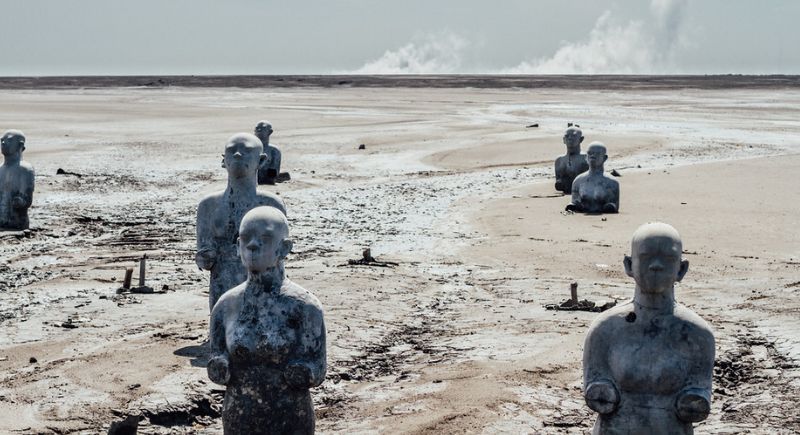
In 2006, hot mud started spewing from the ground in East Java, and it hasn’t stopped. Known as “Lusi,” the mud volcano buried villages and displaced thousands. Over time, the site also became a dumping ground for industrial waste. The area remains unstable and nearly impossible to reclaim.
Puente Hills, California
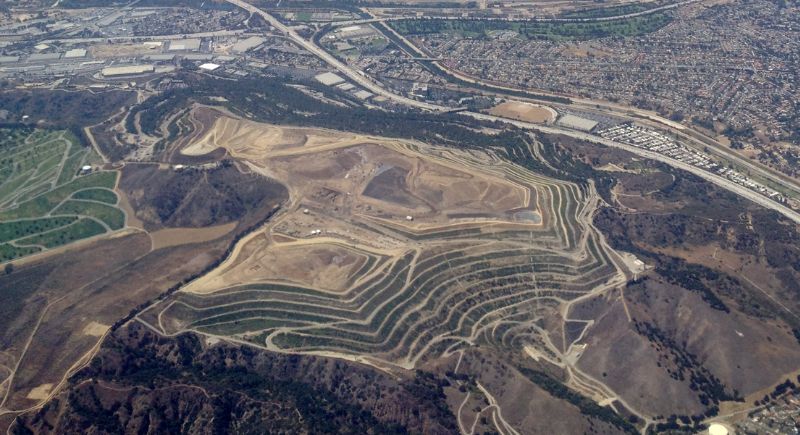
Before it closed in 2013, Puente Hills took up more waste than any site in the U.S. At 500 feet high, it looked more like a mountain than a landfill. With time, the bulldozers vanished, and wildflowers are making a comeback. Soon, it’ll reopen as a park—but the buried trash stays forever.
Sudokwon, South Korea
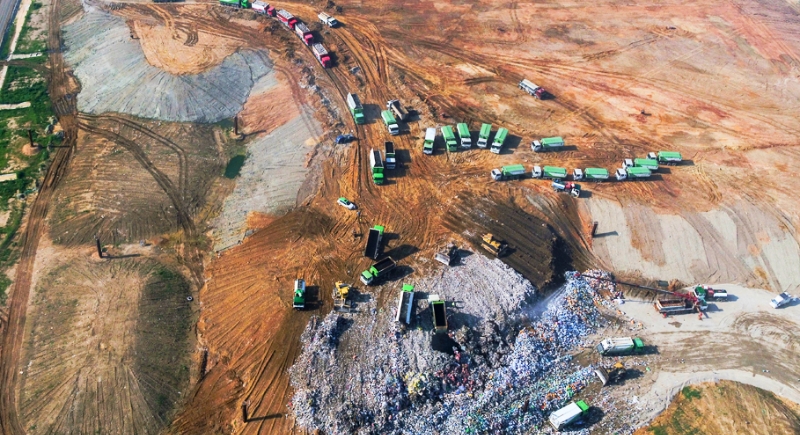
This place was once a dumping site outside Seoul, but has completely transformed its fate. Korea successfully implemented garbage education, and now Sudokwon draws school trips and offers weekend hikes. It handled waste from over 20 million people, but today, it’s a model of green design. Solar panels, bike trails, and wetlands now cover what was once a growing trash mountain.